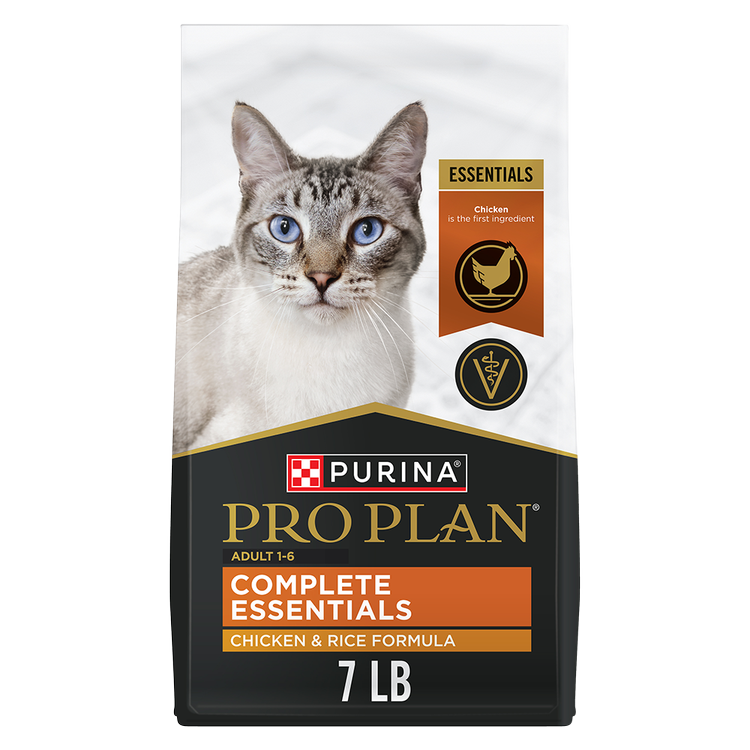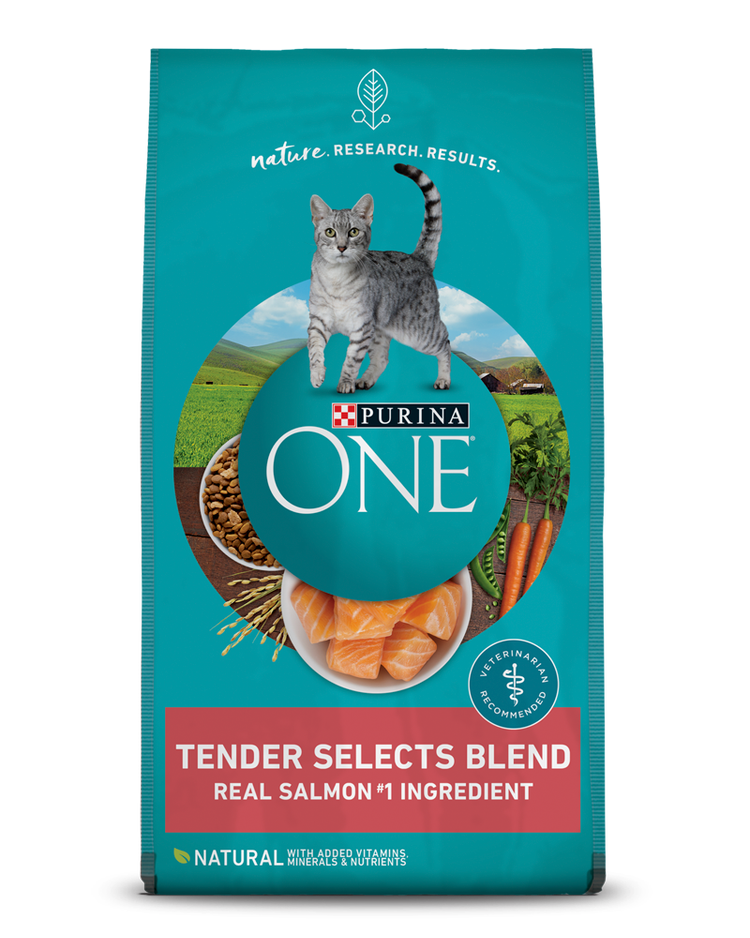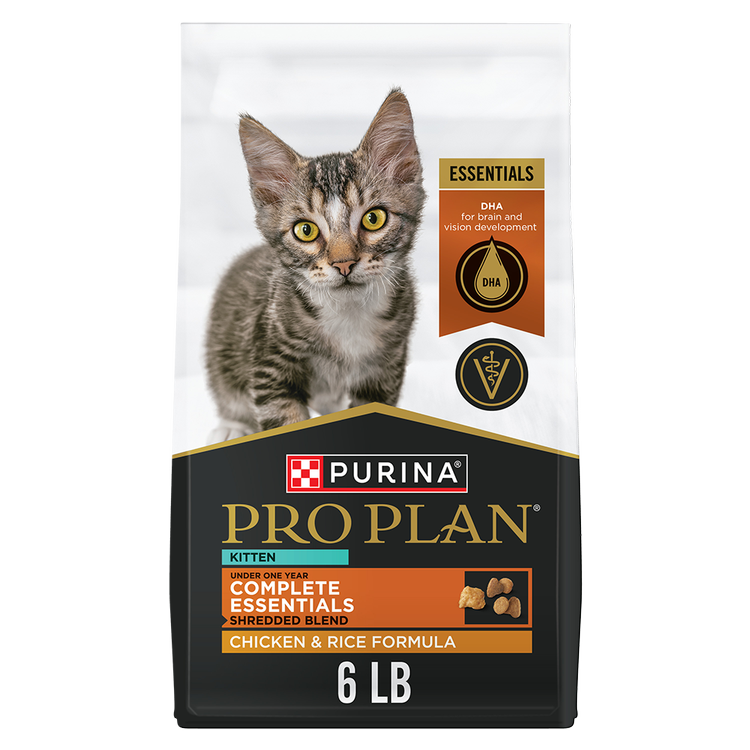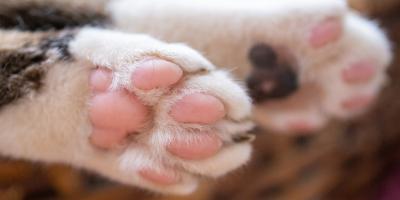Cats are pregnant for about two months, but it’s not always easy to figure out when a cat became pregnant.
You’ll want to consult with a veterinarian about how far along your feather-chasing queen is before beginning to count days – and, yes, a pregnant cat is called a “queen.”
Your veterinarian can do blood tests and an ultrasound to confirm the pregnancy and estimate the number of expected kittens. Later in pregnancy, radiographs can help to confirm the number of kittens and skeletal details. Only an ultrasound can show the kittens’ heartbeats, though.
They can also help you adjust your cat’s food throughout the pregnancy to ensure they’re getting enough calories and nutrients.
How Can You Tell if a Cat is Pregnant?
It can be hard to tell if your cat is pregnant because they won’t typically start to show any physical signs until they’re about a few weeks along.
Most queens do not show signs of pregnancy until about five to six weeks after breeding. Signs a cat is pregnant include weight gain, enlarged abdomen, swollen, enlarged nipples and increased appetite.
Cats can go into heat starting at four to five months of age. Heat cycles occur every two to three weeks, usually from spring to fall, but can occur almost year-round for some cats. Cycle signs include increased vocalization, stretching and rolling on the ground, and attempts to escape the house to breed.
If your cat has been cycling consistently and the cycles stop for more than four weeks, they may be pregnant. If you believe they’re pregnant, examine your feline for pregnancy symptoms.
Symptoms
- Rounded abdomen
- Weight gain
- Increased appetite
- Enlarged and red nipples (also known as “pinking up”) about a week prior to birth
A veterinarian can perform an ultrasound to help determine how far along and how many kittens to expect. You can also put your veterinarian on alert for any additional assistance you or the cat may need throughout this time.
What Should You Feed Pregnant Cats?
Your cat will require a high-protein, calorically dense diet to keep them feeling their best during this time.
Increasing your cat’s food intake during the latter part of pregnancy (a few weeks prior to birth) will ensure they’re getting the nutrients and caloric intake needed to produce quality milk.
Like babies, kittens begin to learn about flavors from their mother’s diet in utero and during nursing. They learn to prefer those familiar flavors over unfamiliar flavors, and this preference persists even after kittens are weaned on to solid foods.
Giving your queen a complete and balanced and varied diet throughout pregnancy, nursing and weaning can help the kittens be more adventurous eaters as adult cats.
You’ll want to make sure they have plenty of water throughout her pregnancy as well.
When your cat gets close to giving birth, they may start to refuse food or may require small, frequent meals. It’s best to consult with a veterinarian to make sure you’re not overfeeding or underfeeding your cat, making pregnancy more challenging than needed.
Signs Your Cat is Going Into Labor
When your cat is ready to deliver, they may become more vocal or start bathing more frequently. They may even act more irritated than usual or want more alone time.
Prepare a space for your cat to give birth, outfitted with lots of clean towels or newspapers. A medium-sized plastic or wooden box with some privacy is a good place for some cats to give birth. Some cats may want to give birth on your bed or on something comfortable and near you.
When the time comes to welcome your cat’s litter, you may notice milk leaking from the nipples. They will also likely secrete a greenish-black vaginal discharge. If it appears yellow, cream-colored or red, this could be a sign of complications.
The kittens should start arriving soon after the discharge appears.
Kittens should start to arrive within 24 hours of signs of labor (abdominal pushing and straining). Some cats may have interrupted labor, however, where one or two kittens are produced, then straining and pushing stops.
Don’t panic if this happens. More kittens should arrive in a few hours. Most cats will not need a midwife but if there is prolonged straining without production of a kitten or if the queen appears to be in distress, call your veterinarian for advice.
Provide a heat source, such as a hot water bottle, for the kittens when they stray from their mother after birth. Never use electric heating blankets, and make sure the kittens can get away from the heat if necessary. The body temperature of kittens, like puppies, is lower than adult cats.
Sit back and let nature take its course. If you notice your cat is straining for too long without yielding any kittens, then contact your veterinarian immediately. After the birth of each kitten, your cat should also deliver the placenta, or afterbirth. If you don’t see the greenish-black afterbirth, it could lead to infection, among other complications.
Visit our Pet Expertise page to see more from our experts about what to expect when your cat is expecting.
Related articles

Be Rewarded for Your Purina Purchases
Earn and redeem points for Purina products with myPurina app.








